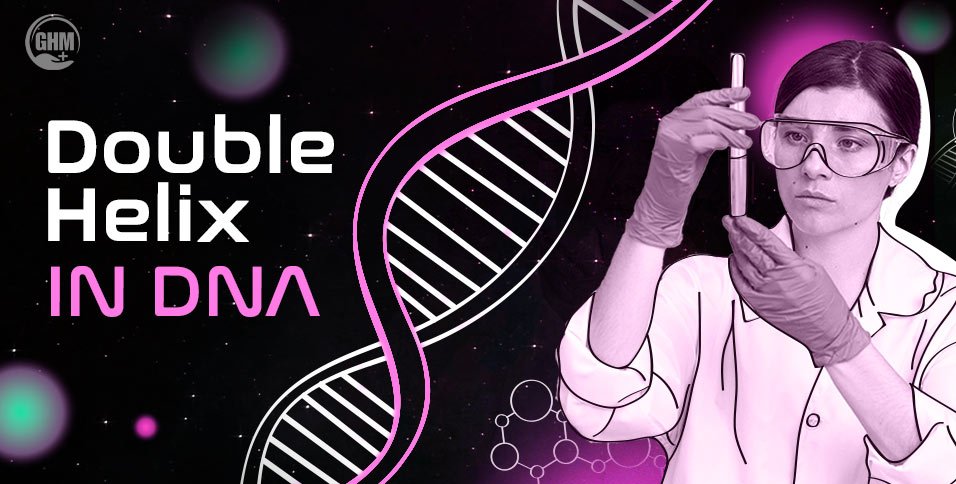Throughout history, people have been fascinated with enhancing the appearance of their teeth, gums, and smiles. The evolution of cosmetic dentistry has been a remarkable journey, starting with ancient tooth-cleaning methods and evolving into the modern, innovative procedures we have today.
Early Tooth Care and Cleaning
The journey begins in ancient times, around 3000 BC, when early civilizations used sticks to clean their teeth. Toothbrushes made their debut in the 1400s, but they were quite different from the ones we know today. The first toothbrushes were bristled with animal hair, which, while effective, wasn’t the most sanitary option.
Early Cosmetic Dentistry
Dentures trace their roots back to 700 B.C., with the Etruscans crafting them from bone and ivory. These dentures often featured teeth from animals or even living human donors. Gold was introduced into dental crowns and bridges around A.D. 200, and the Egyptians experimented by embedding seashells into their gums as tooth replacements.
In the 1100s and 1200s, barbers took on dental procedures, including teeth whitening and filing, but their role in dentistry waned by the 1400s. Europeans began using ivory and bone in dentures during the 1400s, while human teeth became popular for dental implants in the 1700s, eventually replaced by metal inserts in the 1800s.
Advancements in the 1700s and 1800s
The 1700s and 1800s marked significant advancements in cosmetic dentistry. The first porcelain dentures emerged in 1770, eventually reaching the United States in the early 1800s. Dentists began using plaster to create molds for better-fitting dentures, and the first dental lab specializing in false teeth production was established in the 1850s.
The Modern Era of Cosmetic Dentistry
In the 1950s, traditional porcelain crowns were fused with metal, enhancing comfort and durability. During the first half of the 1900s, acrylics and plastics found their way into dentures. The quest for natural and comfortable smiles intensified in the 1900s.
The term “cosmetic dentistry” was coined in the 1990s, marking a new era. Teeth whitening, veneers, implants, and crowns became standard procedures. Whitening methods improved, with hydrogen peroxide and bleaching lights introduced in the 1900s. In 1989, at-home bleaching trays were developed, and laser teeth whitening gained popularity in the mid-1990s.
Composite dental fillings and bonding underwent significant improvements in the 1900s. The first bonding system, using acrylic resin, appeared in 1949. Composite fillings evolved in 1962, and the 1980s saw the introduction of light-curing systems.
Dental veneers, initially created as a temporary fix for movie stars in the 1930s, were revolutionized in 1982, allowing for the permanent bonding of porcelain veneers.
Dental implants, a marvel of modern dentistry, began with the insertion of the first screw dental implant in 1937. The discovery of titanium’s compatibility with bone in 1952 paved the way for titanium to become the standard metal in dental implants by 1965.
Conclusion
The evolution of cosmetic dentistry is a testament to human ingenuity and our pursuit of the perfect smile. From humble beginnings with sticks and animal hair bristles to the sophisticated procedures of today, cosmetic dentistry has come a long way, offering individuals the opportunity to achieve beautiful, healthy smiles.
ALSO READ: Transforming Smiles: How Cutting-Edge Technology Is Shaping Dentistry in 2024



















